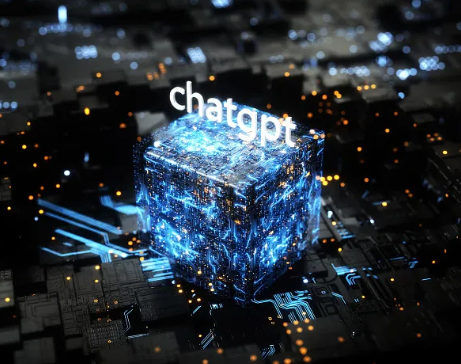Detailed Explanation of Deep Reinforcement Learning Principles in ChatGPT AI
-
ChatGPT AI is a conversational generation model based on deep reinforcement learning principles. This article will provide a detailed explanation of the deep reinforcement learning principles in ChatGPT AI and introduce its application in conversational generation.

Deep reinforcement learning is a method that combines deep learning and reinforcement learning to train intelligent agents to learn and make decisions in complex environments. ChatGPT uses deep reinforcement learning to train the model to generate appropriate responses, enabling intelligent conversational capabilities in dialogue systems.
The deep reinforcement learning principles of ChatGPT are as follows:
Environment Modeling: The interaction process of a conversation can be viewed as a reinforcement learning environment. The model can treat the conversation history as the environmental state and select appropriate actions (generating responses) based on the current state. The states and actions in the environment serve as the training objectives for the model.
Reinforcement Learning Agent: The deep reinforcement learning agent in ChatGPT is a neural network model that generates responses based on the current conversation history and environmental state. The agent continuously learns and optimizes its response generation strategy through interaction with the environment.
Reward signals: In dialogue generation, reward signals are used to evaluate the quality of generated responses. Multiple reward signals can be employed, such as turn-level rewards (e.g., fluency and relevance of the dialogue) or label-based rewards (e.g., quality and relevance of reference responses).
Policy gradient algorithms: ChatGPT uses policy gradient algorithms to optimize the response generation strategy of deep reinforcement learning agents. These algorithms update the model's parameters by maximizing expected rewards to generate better responses. Common policy gradient algorithms include REINFORCE, Proximal Policy Optimization (PPO), etc.
In ChatGPT, the deep reinforcement learning training process is as follows:
Data collection: First, predefined dialogue datasets are used to collect dialogue history, responses, and reward signals required for model training. These data will be used to train the deep reinforcement learning agent.
Environment simulation: To simulate the dialogue environment, the dialogue history and environmental state are input into the deep reinforcement learning model to generate responses. The generated responses are compared with reference responses to calculate reward signals.
Policy Update: Using the policy gradient algorithm, the response generation strategy of the deep reinforcement learning agent is updated based on reward signals. By maximizing expected rewards, the model's parameters are optimized to generate higher-quality responses.
Iterative Training: The process of data collection, environment simulation, and policy updates is repeated to continuously train the deep reinforcement learning agent through iterations. Through multiple iterations, the model's response generation strategy will be improved.
Application in ChatGPT: The use of deep reinforcement learning in ChatGPT enables the model to learn from interactions and progressively enhance its dialogue generation capabilities. Through environmental interaction and reward signal guidance, ChatGPT can generate more fluent, relevant, and meaningful responses, improving the practicality and user experience of the dialogue system.
Conclusion: In summary, the deep reinforcement learning principles in ChatGPT allow it to simulate dialogue environments, optimize response generation strategies based on reward signals, and gradually improve the intelligent dialogue capabilities of the system through iterative training. This combination of deep learning and reinforcement learning opens new possibilities for dialogue systems, enabling ChatGPT to generate more accurate, coherent, and human-like responses.
